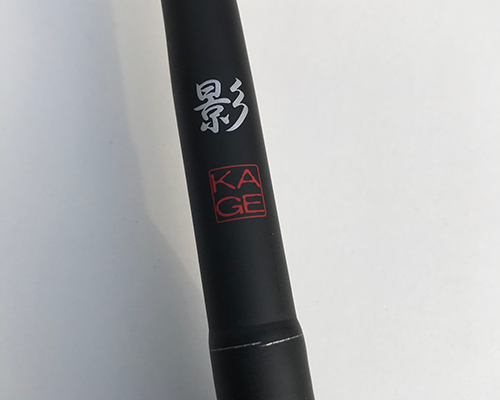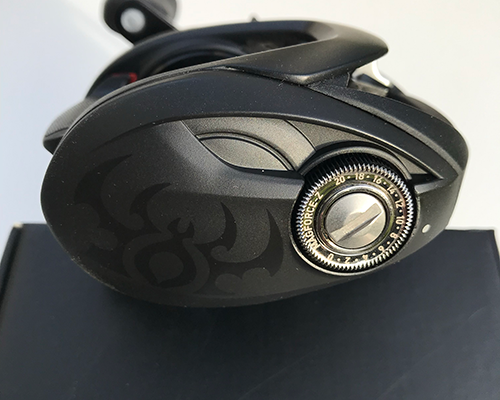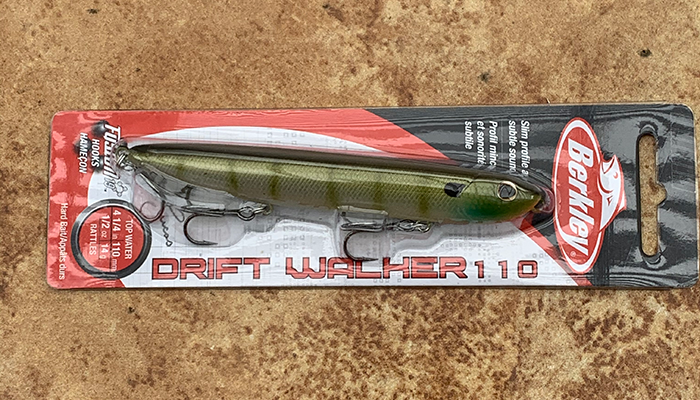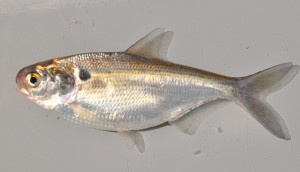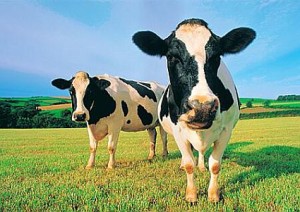I went out to the river the other day, and one thing was clear—it was cold! Since we are only in early December, things are only going to get colder.
For me, staying warm is a critical part of having a good fishing trip in the winter time. I can’t tell you just how bad I can’t stand being cold. The right gear makes all the difference, and this is the gear I use.
Columbia Air-Beware Omni-Heat Jacket
Great outerwear is crucial.
Columbia has been around forever, and has always delivered some of the best in quality outerwear. Not only is their gear functional, but it looks nice too, and there’s nothing wrong with getting a few good style points.
[cjwizard],,,,,,,,,10213917-1822548,,,[/cjwizard]
Under Armour Cold Gear Shirt And Leggings
Think of these two products as super advanced long john’s.
They take the idea of long underwear to the next level. On top of offering a layer of warmth, they are also constructed of moisture wicking fabric to help keep you dry.
The main reason you will always find me wearing Under Armour underneath my waders when I’m out fly fishing is because they are not bulky, and they won’t restrict your movement. I want to be warm and cozy, but I also need to be able to move so I can wade to the best spots, and cast naturally.
Under Armour let’s me do all of that.
[cjwizard],,,,,,,,,102574-1374693,,,[/cjwizard]
[cjwizard],,,,,,,,,102587-1374699,,,[/cjwizard]
Columbia Ear Flap Cap
There is nothing worse than when the cold starts biting at your ears. You have to keep those guys cozy.
While you’re at it, you might as well spread the warmth to the rest of your dome as well! That’s why I have fallen in love with this Chunky Ear Flap Cap from Columbia. It keeps me warm, protects the ears from the wind, and looks nice too.
If you only had one thing to keep your head warm, this would be the best choice.
[cjwizard],,,,,,,,,10221795-1622803,,,[/cjwizard]
Redhead Cascade Convertible Gloves
Keeping the hands warm can be a puzzle, because you need mobility in your fingers to cast, retrieve, and grab your fish.
These gloves from Redhead solve the problem. Really, they are fingerless gloves, but they have a mitten type attachment that you can move over your fingers when you need them.
These are a must have if you are out on a boat!
[cjwizard],,,,,,,,,10208711-1619630,,,[/cjwizard]
Stay Warm And Stay On The Fish
Those are my top picks for keeping you toasty and comfortable while you are out on the water this winter. Don’t let a little frost or a cold front keep you from some killer fishing.
Bundle up right, and you will find you are probably the only one out on the water—and it doesn’t get better than that!
See ya on the water…
